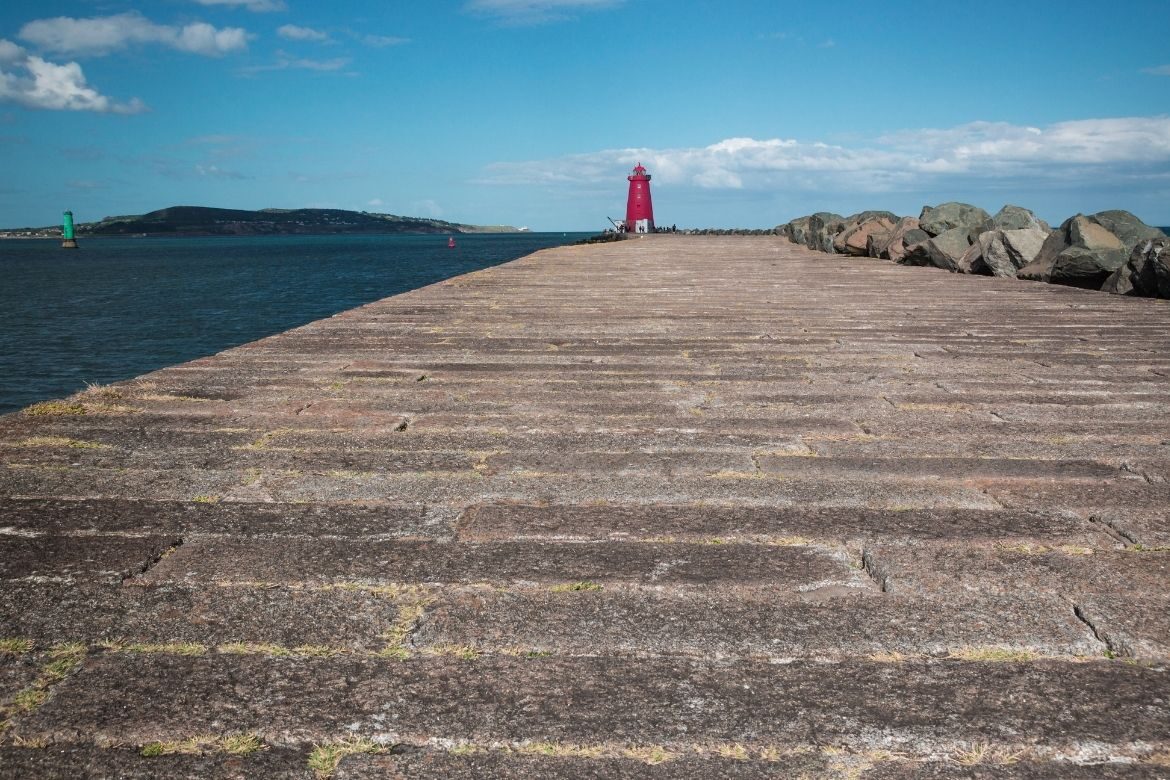dCarbonX is examining structures off the Poolbeg peninsula to potentially use undersea salt caverns in Dublin Bay to store hydrogen gas and liquid. The idea being to wean Ireland off fossil fuels. The venture has the backing of the ESB, and is one of a number of pilot projects the ESB is driving in Ireland and the UK.
ESB chief executive Paddy Hayes explained that, “For us, the real nut that has to be cracked between now and 2040 is that ability to be able to use the surplus renewable electricity that we and other people are going to be generating. To store it and to do something constructive with it or turn it back into electricity when the wind isn’t blowing or the sun isn’t shining – that’s the key.”
Apparently one way of storing excess wind power is in battery parks and the ESB plans to invest in battery storage. But excess power can also be used for electrolysis – a technique that splits water into its component parts of oxygen and hydrogen. The ESB is working on a pilot with an Irish transport company keen to run its vehicles on hydrogen.
Hayes shared the information after the ESB announced plans to become a net zero operation by 2040 – meaning an end to carbon emissions within 18 years. A key part of the strategy will be to close the Moneypoint coal-burning power plant by 2025.
There are also tentative plans for seven offshore wind farms, as well as ideas to build new onshore turbines and increase its wind power output fivefold. But for this a multi-billion euro investment will be required,. Ultimately Hayes said customers should have to pay less for their power than they do today.
LSL News.

